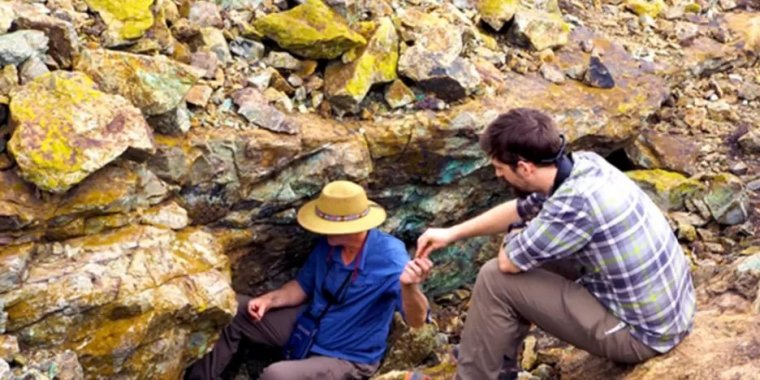| News / World News |
Copper artifacts unearth new cultural connections in southern Africa
Chemical and isotopic analyses of copper artifacts from southern Africa reveal new cultural connections among people living in the region between the fifth and 20th centuries, according to a team of researchers at the University of Missouri, University of Arizona and other institutions.

Geochemical analyses of copper objects reveal centuries of connections in southern Africa. Photo: Jay Stephens
People in the area between northern South Africa and the Copperbelt region in central Africa were more connected to one another than scientists had thought, said researcher Jay Stephens.
"Over the past 20 to 30 years, most archaeologists have framed the archaeological record of southern Africa with a focus on its connection to imports coming from the Indian Ocean," he said.
"But it's also important to recognize the interconnected relationships among the many groups of people in southern Africa."
Scientists have debated whether artifacts called rectangular, fishtail and croisette copper ingots were made exclusively from copper ore mined in the Copperbelt region or from Zimbabwe's Magondi Belt. As it turns out, both theories are correct, Stephens said.
The team selected 33 copper ingots from archeological collections at the Museum of Human Sciences in Harare, Zimbabwe, and the Livingstone Museum in Livingstone, Zambia.
The researchers took a small amount of each sample — less than one gram – and analyzed it for lead isotopes and other chemical elements. They then matched the isotopic makeup of the ingots to samples from geological deposits.
Stephens said copper ingots are excellent for this type of analysis because they often have emblematic shapes that allow archaeologists to identify specific markings and follow changes over different time periods.
"By looking at their changes over time, we can pair those changes with how technology changed," he said. "That often comes from observing the decorative features produced from the cast object or mold, or other surface attributes."
Stephens said the data collected are among the only tangible links that exist today to precolonial mines in Africa.
"Large open pit mines have destroyed a lot of the archaeological sites and broader cultural landscapes around these geological deposits," he said.
"This makes it a challenge to reconstruct the history related to these mines. It's a concerning development, especially with the global push toward more electric vehicles which use minerals like copper and cobalt found in the Copperbelt." (U.S. National Science Foundation)
YOU MAY ALSO LIKE





